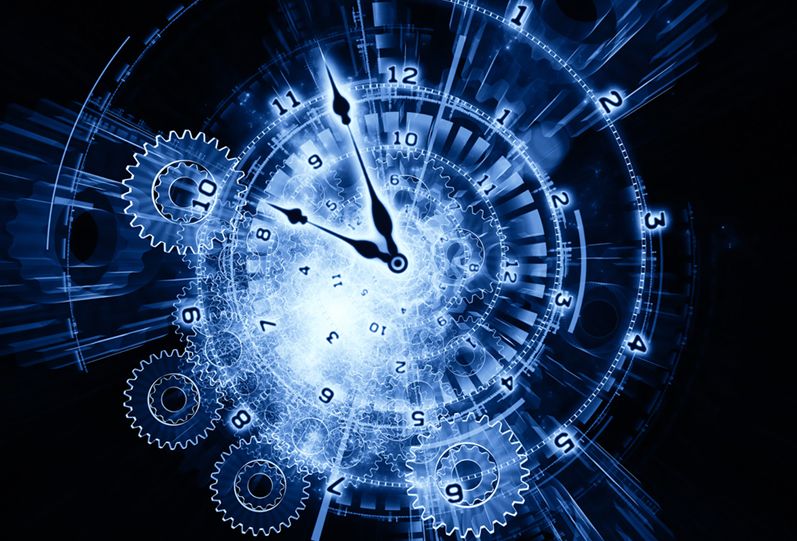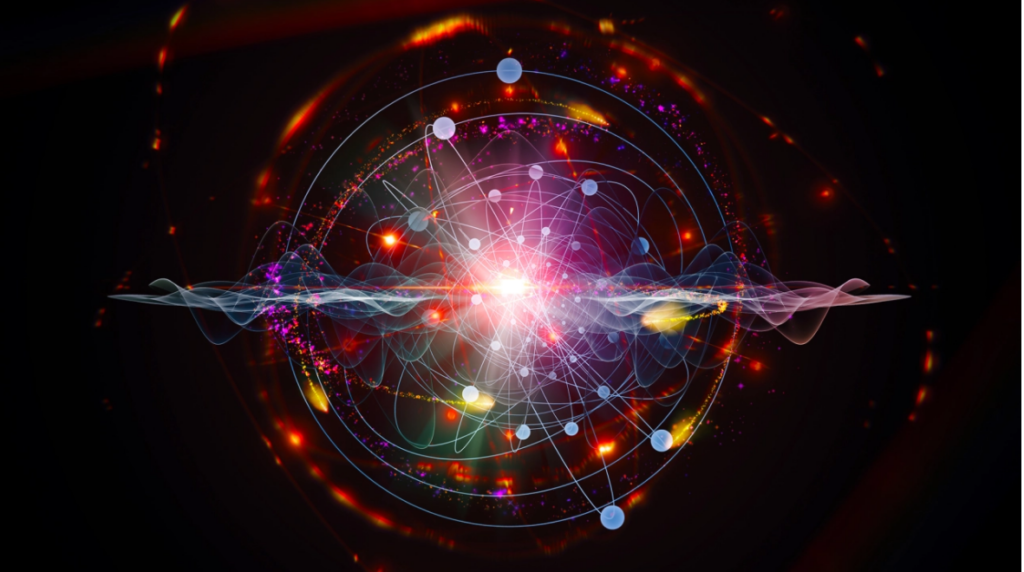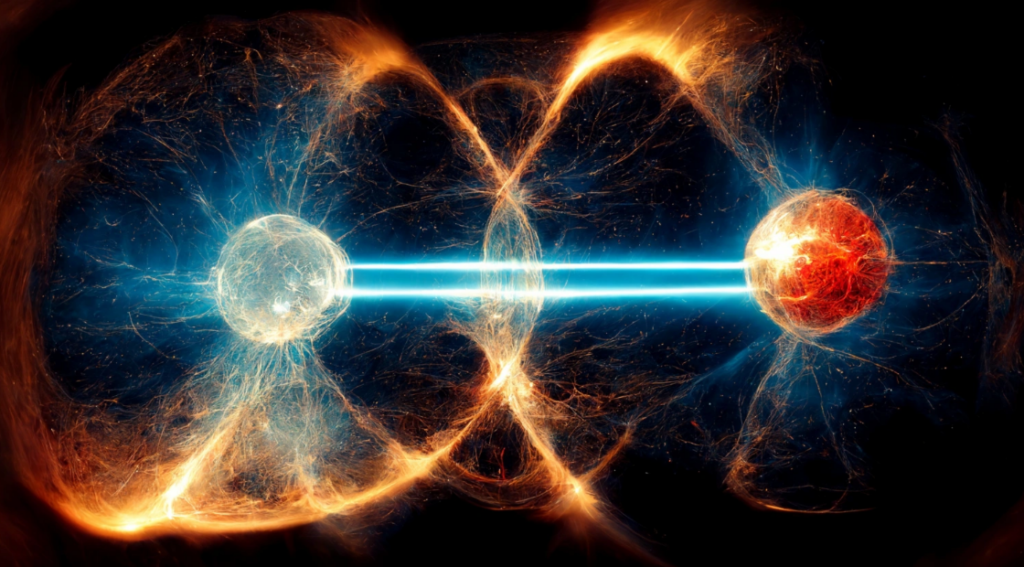Nuclear clocks could overtake atomic clocks as the most accurate clocks

If physicists can build them, nuclear clocks would be an entirely new kind of clock, one that would keep time based on the physics of the hearts of atoms. Today’s most accurate clocks, called atomic clocks, are based on the behavior of electrons in atoms, but a clock based on atomic nuclei could be 10 times as accurate as those atomic clocks, the researchers calculate.
Better watches could improve the technologies that depend on them, like GPS navigation, but it’s not just about timekeeping. Unlike the electrons in atoms, atomic nuclei are subject to the strong nuclear force, which holds protons and neutrons together. A nuclear clock sees a different part of the world meaning that nuclear clocks could allow new tests of fundamental ideas in physics, even if the supposedly immutable numbers in physics known as fundamental constants are, in fact, constant.

Atomic clocks measure time using the energy jumps of the electrons in the atoms. According to quantum physics, the electrons in atoms can carry only certain amounts of energy, at specific energy levels. To drive the electrons in an atom from one energy level to another, the atoms in an atomic clock must be struck with laser light of the proper frequency. That frequency, the rate of oscillation of electromagnetic waves of light, serves as a high precision timekeeper.
Like the electrons in an atom, the protons and neutrons within atomic nuclei also occupy discrete energy levels. Nuclear clocks would be based on jumps between those nuclear energy levels, rather than those of the electrons. In particular, nuclei are resistant to the effects of stray electric or magnetic fields that can hamper atomic clocks, making nuclear clocks more stable and accurate as a result.

But there’s a catch, to tell time with nuclei, scientists need to be able to initiate the jump between nuclear power levels with a laser. Nuclear levels are not normally accessible with lasers, for most nuclei that would require higher energy light than proper lasers can achieve. Fortunately, there is a single exception in all known nuclei, a variety of thorium (chemical element) called thorium-229 has a couple of energy levels close enough that a laser can trigger the jump. Recent measurements have more precisely identified the energy of that jump, a crucial step toward building a nuclear thorium clock.
The teams agree that the jump has an energy of just over 8 electron volts. That energy corresponds to ultraviolet light in a range in which it is possible to jump with a laser, but at the limit of the capabilities of scientists. Nuclear clocks could allow researchers to design new tests to determine whether fundamental constants of nature vary over time. For example, they could search for dark matter, elusive undetected particles that physicists believe make up most of the matter in the universe, which could upset the ticking of the clock.





Responses